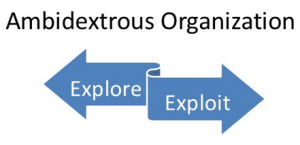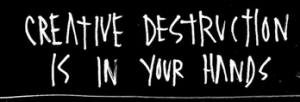How often have we left it too late, we are suddenly under pressure. We need to get to that critical meeting and we take risks, or we simply just left it too late, so we ‘run the red light’.
If we get to this point we are not just the ones in danger but we more than often involve others in this stupidity, with potentially serious consequences for all involved.

Organizations so often leave their own futures to the last minute by failing to recognize or acknowledge they are running out of time, the situation they have been so use too for such a long time has suddenly changed.
Well, for the vast majority, there was nothing “sudden” about it, they simply left it too late, ignoring all the warning signs and they decided to cross that “red light” as a last-minute panic to catch up and be back in charge of their innovation destiny.
Often all organizations want to do is get back in control, revert to being comfortable, managing “as usual” but in the process have missed so much innovation opportunity in these panic moments because they did not plan for it. T
hey just had a simple failure in not anticipating and thinking ahead, they “ran the amber”, not being alert to their surroundings and wanting to learn so as to adapt to changing conditions.
Not being open and receptive to reacting and exploring, in different more flexible ways, they simply have no time to manage changing events, they are suddenly out of their comfort zone.
They spin out of control and lose all traction.
Anticipation is something that always needs us being in “heighten awareness” Continue reading “Crossing on a red light at the innovation intersection is really dangerous”

